Whispers from the Willow Grove
Nestled in the mist-shrouded valleys of 1960s Japan, where the air hums with the hush of cicadas and the weight of unspoken sins, Silent Hill f unfurls like a haiku etched in blood and cherry blossoms. Developed by the enigmatic NeoBards Entertainment, a Taiwanese studio whose name evokes bardic ballads sung in binary, and published by Konami, this September 25, 2025, release marks the franchise’s long-awaited return to original storytelling, a self-contained elegy clocking in at 12-15 hours for the core path, with replays chasing five branching endings that bloom only after the first fog lifts. Priced at $59.99 (or $69.99 for the Deluxe with its digital artbook and soundtrack sampler), it’s a premium plunge into psychological purgatory, available on PS5, Xbox Series X|S, and PC via Steam, Epic, and Microsoft Store. Set in the fictional Ebisugaoka, a rural hamlet inspired by Gifu’s Kanayama district, with its time-worn onsen inns and terraced rice paddies, the game transplants Silent Hill’s signature dread from American rustbelt to Showa-era serenity, where postwar prosperity masks patriarchal pressures and ancestral hauntings.
You embody Shimizu Hinako, a schoolgirl whose ordinary afternoon spirals into otherworldly ordeal when a sudden fog engulfs her town, twisting familiar lanes into labyrinths of regret and revelation. Penned by Ryukishi07, the visual novel virtuoso behind Higurashi When They Cry‘s cycle of paranoia and Umineko‘s riddle-wrapped regrets, this narrative is a mosaic of maternal absence, adolescent angst, and cultural crossroads, probing whether Hinako’s visions stem from psychic fractures or folklore’s vengeful folds. The first playthrough locks you into a “canon” conclusion, a narrative sleight-of-hand that echoes the series’ tradition of withheld truths, unlocking choice-driven divergences on subsequent runs: embrace doubt’s delusion for a descent into madness, or confront regret’s roots for redemption’s razor edge. It’s a tale that starts as a subtle simmer, cryptic classmate quips about “the girl who never came home”, escalating to hallucinatory horrors where beauty begets beasts, like porcelain dolls cracking into porcelain-skinned pursuers.
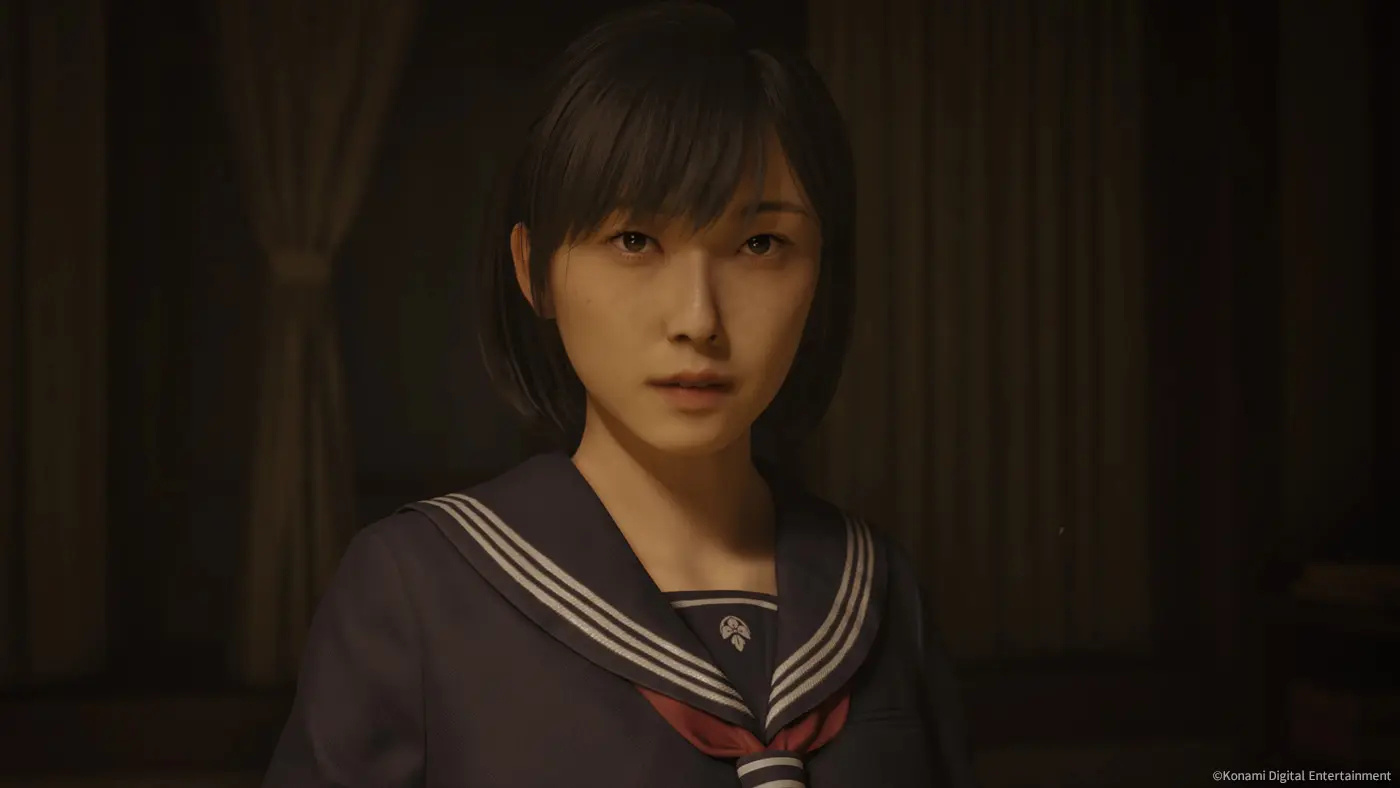 Critics and players alike have hailed its thematic timbre as a “return to form,” blending Silent Hill’s introspective isolation with Ryukishi07’s penchant for layered psyches, where Hinako’s half-Native heritage (a nod to blended bloodlines in postwar Japan) mirrors the town’s fractured facade. Early impressions from Tokyo Game Show demos praised the “uncanny valley of the everyday,” where a festival lantern’s glow warps into watchful eyes, though some whisper the script’s subtlety borders on sparsity, demanding a journal for its Japanese-inflected enigmas. Subtle humor haunts the haze: a spirit’s sarcastic sigh about “another lost soul chasing shadows,” a wry reminder that even in existential eclipse, irony endures.
Critics and players alike have hailed its thematic timbre as a “return to form,” blending Silent Hill’s introspective isolation with Ryukishi07’s penchant for layered psyches, where Hinako’s half-Native heritage (a nod to blended bloodlines in postwar Japan) mirrors the town’s fractured facade. Early impressions from Tokyo Game Show demos praised the “uncanny valley of the everyday,” where a festival lantern’s glow warps into watchful eyes, though some whisper the script’s subtlety borders on sparsity, demanding a journal for its Japanese-inflected enigmas. Subtle humor haunts the haze: a spirit’s sarcastic sigh about “another lost soul chasing shadows,” a wry reminder that even in existential eclipse, irony endures.
Labyrinths of Lantern Light
Gameplay in Silent Hill f is a deliberate drift through dread’s domain, a third-person trek that prioritizes puzzle-probing peril over pulse-pounding pursuits, with exploration as the engine driving Hinako’s haunted hike. Ebisugaoka’s streets, rendered in maze-like meanders that loop like a lover’s lie, demand keen cartography: no minimap mars the vista, forcing reliance on environmental echoes, faded festival posters hinting at hidden hot springs, or wind-chimes tolling toward torii gates. Puzzles pulse with psychological poetry, grounded in anguish’s anatomy: rearrange ema plaques etched with Hinako’s half-buried hurts to unlock a shrine’s seal, or align scarecrow silhouettes with lunar phases to dispel a field’s phantom fog, each solution symbolizing her splintered self. These brain-teasers, infused with Japanese motifs like origami omens or ink-scroll illusions, tie taut to the tale, revealing lore layers that blur hallucination and history, did that classmate’s curse conjure the creature, or was it always in her mirror?
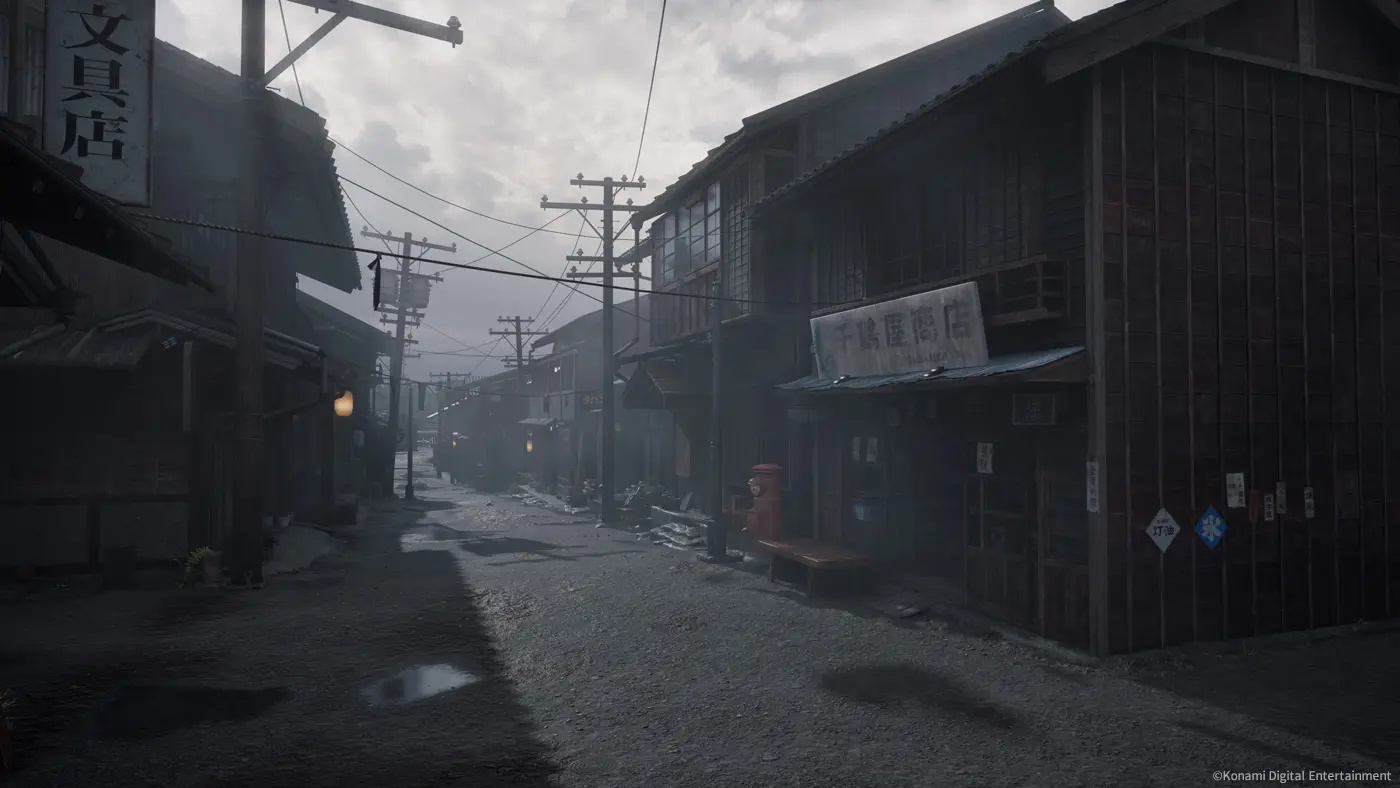 Combat, a contentious carve in the series’ corpus, carves a melee-centric niche here: no firearms fracture the fog, only close-quarters crushers like rusted reaping hooks, splintered shakuhachi flutes, or heirloom hammers that degrade with desperate swings, demanding diligent repair kits scavenged from shadowed alcoves. Enemies, grotesque guardians birthed from kera’s fevered sketches, blending yokai whimsy with visceral violation, lurch with erratic elegance: a marionette maiden whose strings snag your stamina, or a bandaged bride whose bridal veil billows like banshee breath. The system stresses stamina stewardship: perfect dodges (timed parries that ripple the screen like shattering silk) restore vigor, while Focus mode, a held-button haze highlighting attack windows, unleashes charged counters that interrupt infernal intents, though mistimed strikes leave you lunch for the lurching. Omamori charms, offered at roadside shrines in exchange for Faith (a sanity-sustaining sparkle earned from offerings), buff your beleaguered blade: a fox-fire talisman tempers recoil, or a thunder-drum amulet amps area denial.
Combat, a contentious carve in the series’ corpus, carves a melee-centric niche here: no firearms fracture the fog, only close-quarters crushers like rusted reaping hooks, splintered shakuhachi flutes, or heirloom hammers that degrade with desperate swings, demanding diligent repair kits scavenged from shadowed alcoves. Enemies, grotesque guardians birthed from kera’s fevered sketches, blending yokai whimsy with visceral violation, lurch with erratic elegance: a marionette maiden whose strings snag your stamina, or a bandaged bride whose bridal veil billows like banshee breath. The system stresses stamina stewardship: perfect dodges (timed parries that ripple the screen like shattering silk) restore vigor, while Focus mode, a held-button haze highlighting attack windows, unleashes charged counters that interrupt infernal intents, though mistimed strikes leave you lunch for the lurching. Omamori charms, offered at roadside shrines in exchange for Faith (a sanity-sustaining sparkle earned from offerings), buff your beleaguered blade: a fox-fire talisman tempers recoil, or a thunder-drum amulet amps area denial.
 The Sanity meter simmers as a second skin: enemy encounters erode it like acid rain, blurring edges with auditory assaults, whispers warping into wails, while low levels lure lethargy, slowing sprints and sapping strength, a mechanic that masterfully mirrors mental mire. Bosses balloon the brutality: a shrine maiden’s spectral summons demand dodging ritual rings while deciphering her dirge’s riddle, battles that ballooned to hour-long odysseys in previews, blending brawn with brain. Web whispers from TGS trialists tout the “satisfying swing” of stamina-synced strikes, though gripes grumble at clunky combos and enemy stun-locks that feel like scripted sadism. It’s a formula that favors flight over fight, running remains the rational recourse, crafting tension from restraint, where every evasion feels like existential exhale.
The Sanity meter simmers as a second skin: enemy encounters erode it like acid rain, blurring edges with auditory assaults, whispers warping into wails, while low levels lure lethargy, slowing sprints and sapping strength, a mechanic that masterfully mirrors mental mire. Bosses balloon the brutality: a shrine maiden’s spectral summons demand dodging ritual rings while deciphering her dirge’s riddle, battles that ballooned to hour-long odysseys in previews, blending brawn with brain. Web whispers from TGS trialists tout the “satisfying swing” of stamina-synced strikes, though gripes grumble at clunky combos and enemy stun-locks that feel like scripted sadism. It’s a formula that favors flight over fight, running remains the rational recourse, crafting tension from restraint, where every evasion feels like existential exhale.
Cherry Blossoms in the Crimson Haze
Visually, Silent Hill f is a chiaroscuro canvas, NeoBards’ artistry alchemizing 4K fog into a fevered fusion of Showa nostalgia and nightmarish nuance, where Ebisugaoka’s eaves drip with dew-kissed dread under lantern-lit lofts. The Fog World, a muted monochrome marred by scarlet streaks like arterial ink, shifts seamlessly to the Otherworld’s obsidian opulence, polished black lacquer landscapes etched with glowing glyphs, evoking Okami‘s ink-wash infernal. Hinako’s world warps with whimsical wickedness: a schoolyard swing creaks into a spider’s sling, or a tea house tatami unfurls into tentacled traps, all animated with fluid finesse that captures the quiver of fear in her frame. Monster menageries mesmerize: kera’s designs distill “beauty in terror,” birthing beasts like a kabuki-masked manipulator whose greasepaint peels to pulsing veins, or a lantern-lunged lurker exhaling embers like unspoken secrets.
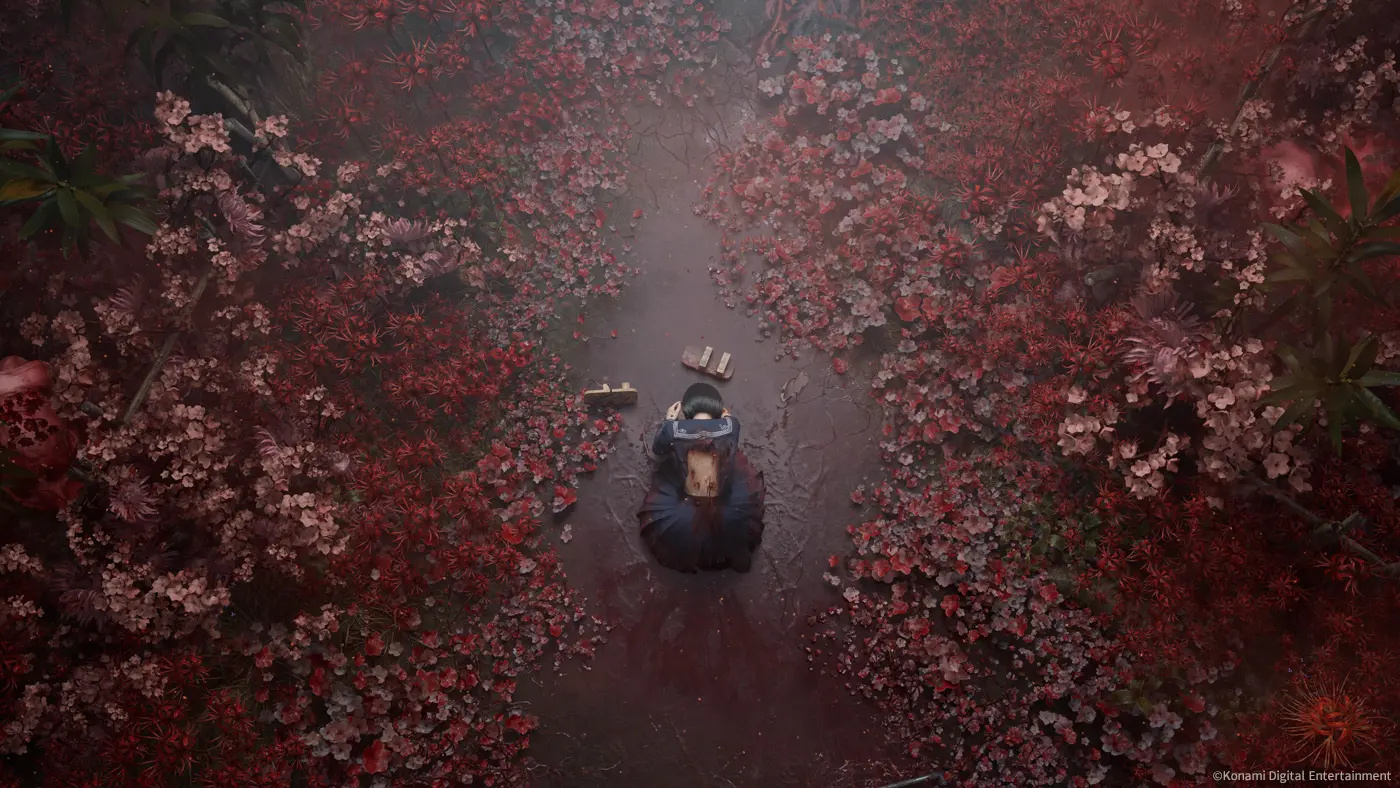 Performance on PS5 is a spectral steadiness, locking 60fps in fidelity mode with ray-traced reflections rippling in rain-slicked puddles, though dynamic dimming in dense Otherworld deluges dips to 45 in boss ballets, a forgivable flicker for the atmospheric alchemy. Audio is the abyss’s aria: Akira Yamaoka’s Fog World foghorn, a haunting hybrid of shamisen strums and static sighs, clashes with Kensuke Inage’s Otherworld onslaught of taiko thunder and dissonant drones, crafting a 3D binaural blanket that burrows into your brain: footsteps echo like accusations, breaths rasp with regret, and a distant shamisen’s pluck pulls you toward peril. Subtle spatiality startles, the faintest rustle behind you a phantom’s footfall, while Hinako’s sparse voiced vulnerability, delivered in Japanese with English subs, amplifies alienation. It’s a sensory shroud that smothers, minor aliasing in fog frontiers notwithstanding, turning every step a shiver down the spine.
Performance on PS5 is a spectral steadiness, locking 60fps in fidelity mode with ray-traced reflections rippling in rain-slicked puddles, though dynamic dimming in dense Otherworld deluges dips to 45 in boss ballets, a forgivable flicker for the atmospheric alchemy. Audio is the abyss’s aria: Akira Yamaoka’s Fog World foghorn, a haunting hybrid of shamisen strums and static sighs, clashes with Kensuke Inage’s Otherworld onslaught of taiko thunder and dissonant drones, crafting a 3D binaural blanket that burrows into your brain: footsteps echo like accusations, breaths rasp with regret, and a distant shamisen’s pluck pulls you toward peril. Subtle spatiality startles, the faintest rustle behind you a phantom’s footfall, while Hinako’s sparse voiced vulnerability, delivered in Japanese with English subs, amplifies alienation. It’s a sensory shroud that smothers, minor aliasing in fog frontiers notwithstanding, turning every step a shiver down the spine.
Puzzles of the Psyche, Phantoms of Flesh
Silent Hill f‘s pillars, puzzles, phantoms, and psyche, prop a structure that’s as sturdy as it is unsettling, with Ryukishi07’s script a scalpel slicing through Showa society’s scars: Hinako’s maternal void as a metaphor for Japan’s “lost generation,” where postwar progress papers over personal voids. Exploration excels in its environmental eloquence: no HUD hampers the haze, but subtle signifiers, scarecrow shadows stretching like accusatory fingers, guide the gaze, rewarding thoroughness with “Mysteries” like hidden haiku hinting at her half-sibling’s shadow. The five endings, gated behind New Game+ choices (replay with revised regrets?), deepen the delve, transforming a linear lament into a labyrinth of “what ifs” that echo Higurashi‘s branching brutality.
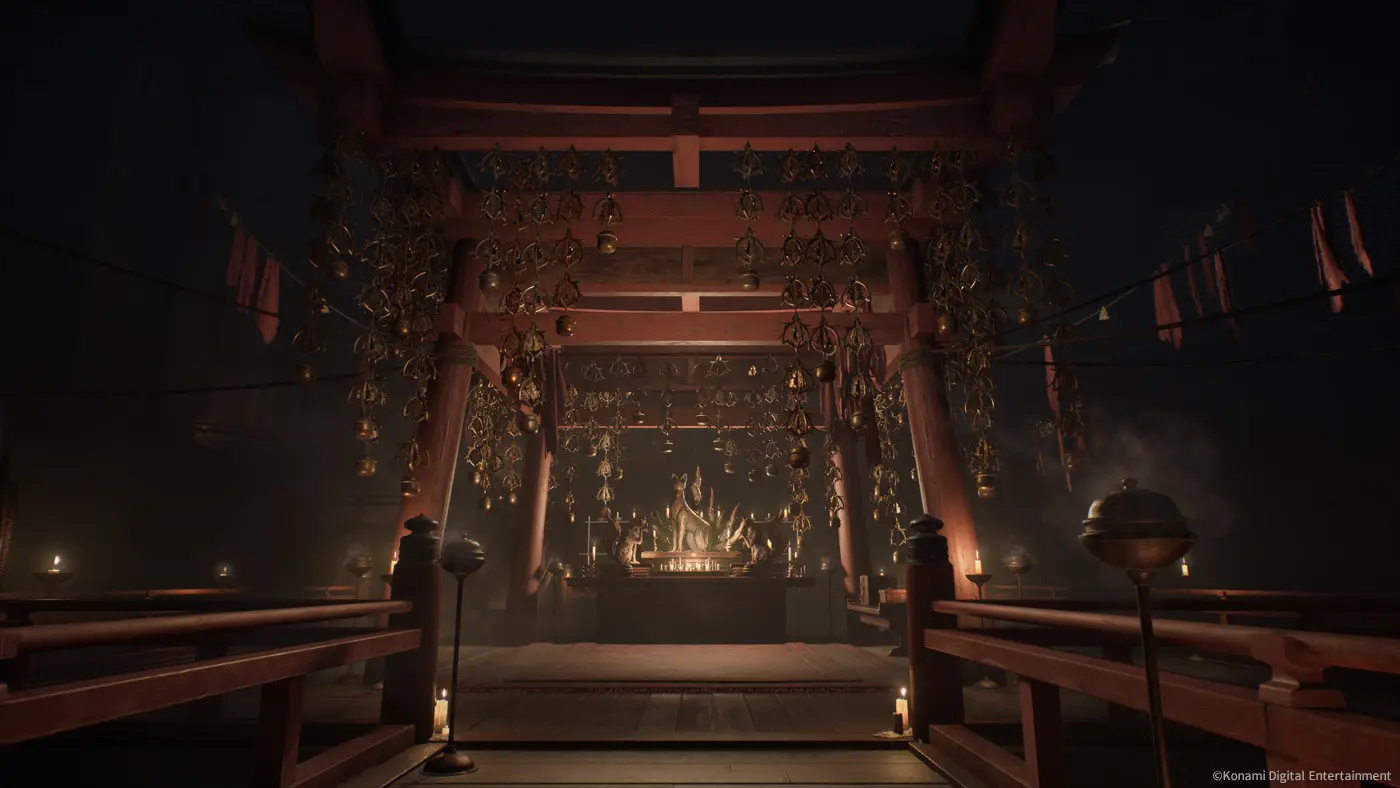 Strengths summon shudders: the melee’s measured menace, where weapon weariness weighs decisions (hoard the hammer for the haunt, or swing wild at the wraith?), and sanity’s subtle sabotage, blurring beast from brainchild in ways that worm into weeks. Combat’s clunk, while critiqued for stun-lock stumbles, shines in boss ballets, a maiden’s miko dance demanding dodge-rhythms synced to her sutra chant, blending brawn with brainteasers. At launch’s luster, with over a million copies shipped in days, it’s a sales sensation underscoring its siren song, bolstered by Deluxe delights like Yamaoka’s melody medley. Quirks? Pacing’s ponderous plod in puzzle plateaus, and enemy AI’s erratic ambles that occasionally clip through corners like ghosts in the machine. Community corners crackle with confessions, one streamer swearing a “shrine scare” summoned real-world gooseflesh, while whispers warn of the “dollhouse dread” that lingers like a lullaby’s lie.
Strengths summon shudders: the melee’s measured menace, where weapon weariness weighs decisions (hoard the hammer for the haunt, or swing wild at the wraith?), and sanity’s subtle sabotage, blurring beast from brainchild in ways that worm into weeks. Combat’s clunk, while critiqued for stun-lock stumbles, shines in boss ballets, a maiden’s miko dance demanding dodge-rhythms synced to her sutra chant, blending brawn with brainteasers. At launch’s luster, with over a million copies shipped in days, it’s a sales sensation underscoring its siren song, bolstered by Deluxe delights like Yamaoka’s melody medley. Quirks? Pacing’s ponderous plod in puzzle plateaus, and enemy AI’s erratic ambles that occasionally clip through corners like ghosts in the machine. Community corners crackle with confessions, one streamer swearing a “shrine scare” summoned real-world gooseflesh, while whispers warn of the “dollhouse dread” that lingers like a lullaby’s lie.
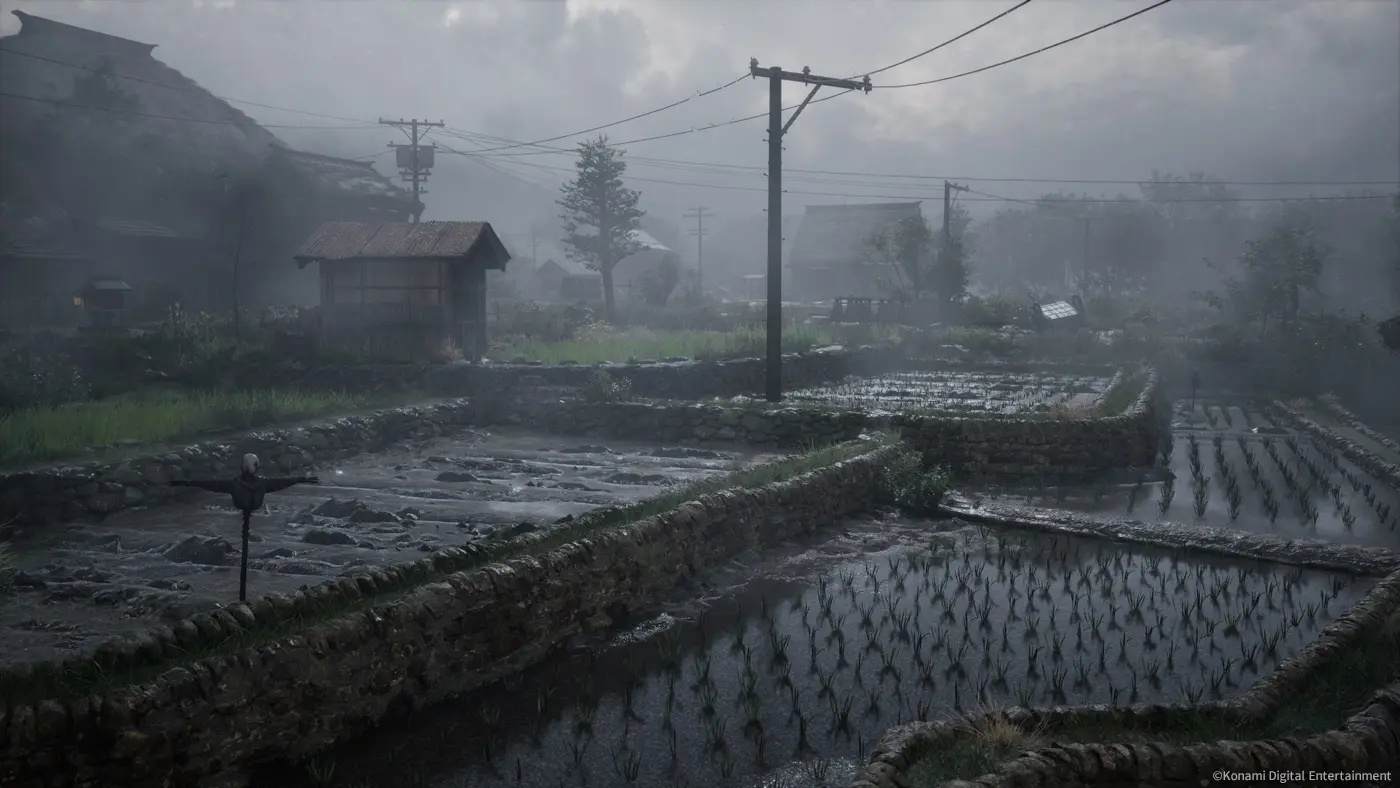 Humor, hushed as a held breath, hides in Hinako’s wry inner monologues: “Another shadow puppet show, and I’m the unwilling audience,” a fleeting flicker in the fear.
Humor, hushed as a held breath, hides in Hinako’s wry inner monologues: “Another shadow puppet show, and I’m the unwilling audience,” a fleeting flicker in the fear.
Echoes from the Empty Shrine
What whispers Silent Hill f into immortality is its unflinching fusion of folklore and fracture: Ryukishi07’s prose, probing patriarchal poisons and postwar phantoms, crafts a canvas where Hinako’s agency, choosing confrontation over capitulation, challenges the series’ passive protagonists, a feminist foghorn for 1960s constraints. It’s purposeful poetry, educating through unease: puzzles rooted in ema vows or inari fox fables demystify yokai while dissecting doubt, inviting introspection on imagination’s infernal inventiveness. Compared to Silent Hill 2‘s suburban solitude, f’s Showa splendor, onsen mists masking maternal mysteries, carves a cultural crevice, blending Higurashi‘s communal curse with Silent Hill’s solitary scream.
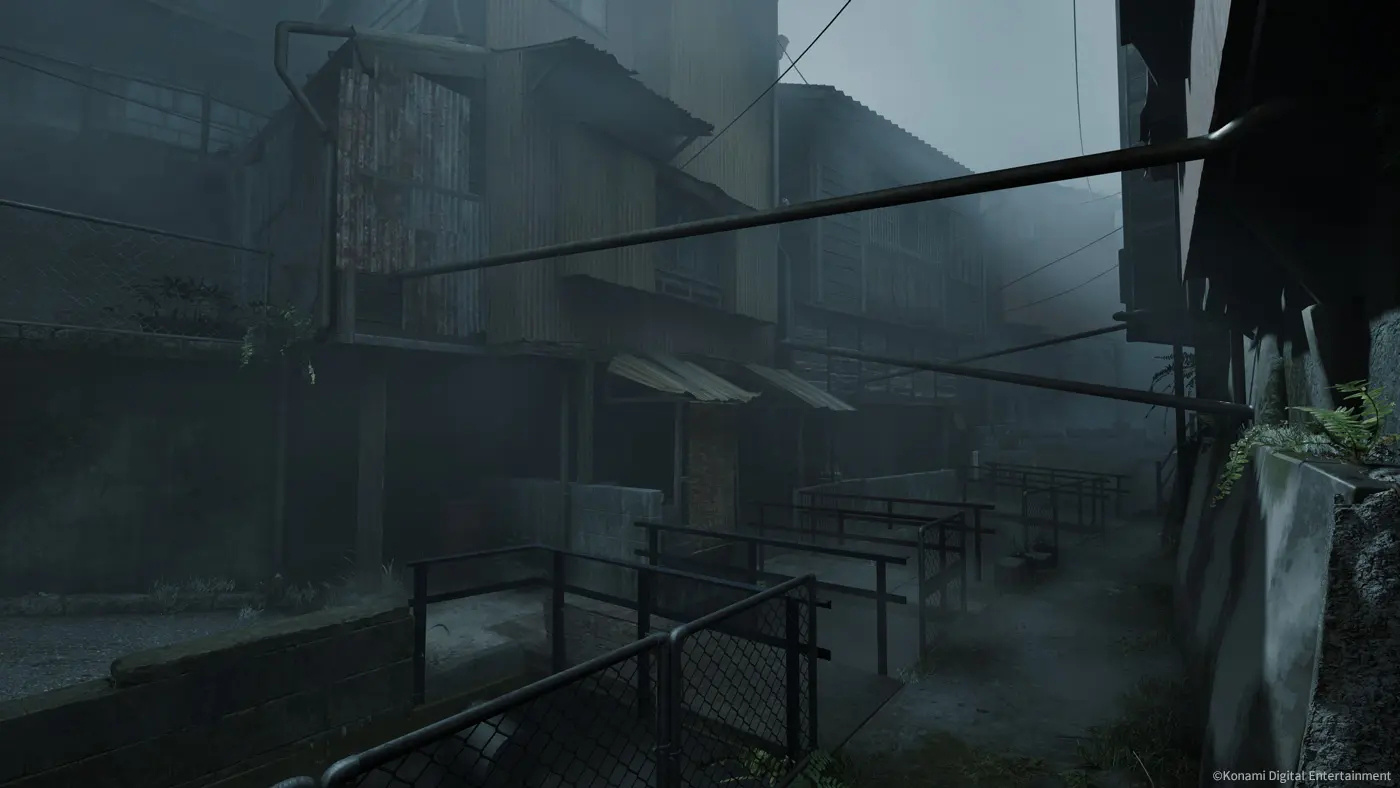 Unique unearthings enchant: the “Faith forge” at shrines, trading trinkets for talismans that temper terror (a kagura bell that banishes auditory apparitions), or Otherworld’s “ink immersion,” where black-ink abysses demand brushstroke dodges to dispel drowning dread. Against The Medium‘s dual-realm drabness, f’s folklore flourishes, with kera’s creatures, kabuki horrors with kabura masks peeling to pulsating protuberances, symbolizing suppressed screams. Player pilgrims proclaim its “psychic punch,” one recounting a “regret riddle” that resurfaced real regrets, underscoring its therapeutic terror.
Unique unearthings enchant: the “Faith forge” at shrines, trading trinkets for talismans that temper terror (a kagura bell that banishes auditory apparitions), or Otherworld’s “ink immersion,” where black-ink abysses demand brushstroke dodges to dispel drowning dread. Against The Medium‘s dual-realm drabness, f’s folklore flourishes, with kera’s creatures, kabuki horrors with kabura masks peeling to pulsating protuberances, symbolizing suppressed screams. Player pilgrims proclaim its “psychic punch,” one recounting a “regret riddle” that resurfaced real regrets, underscoring its therapeutic terror.
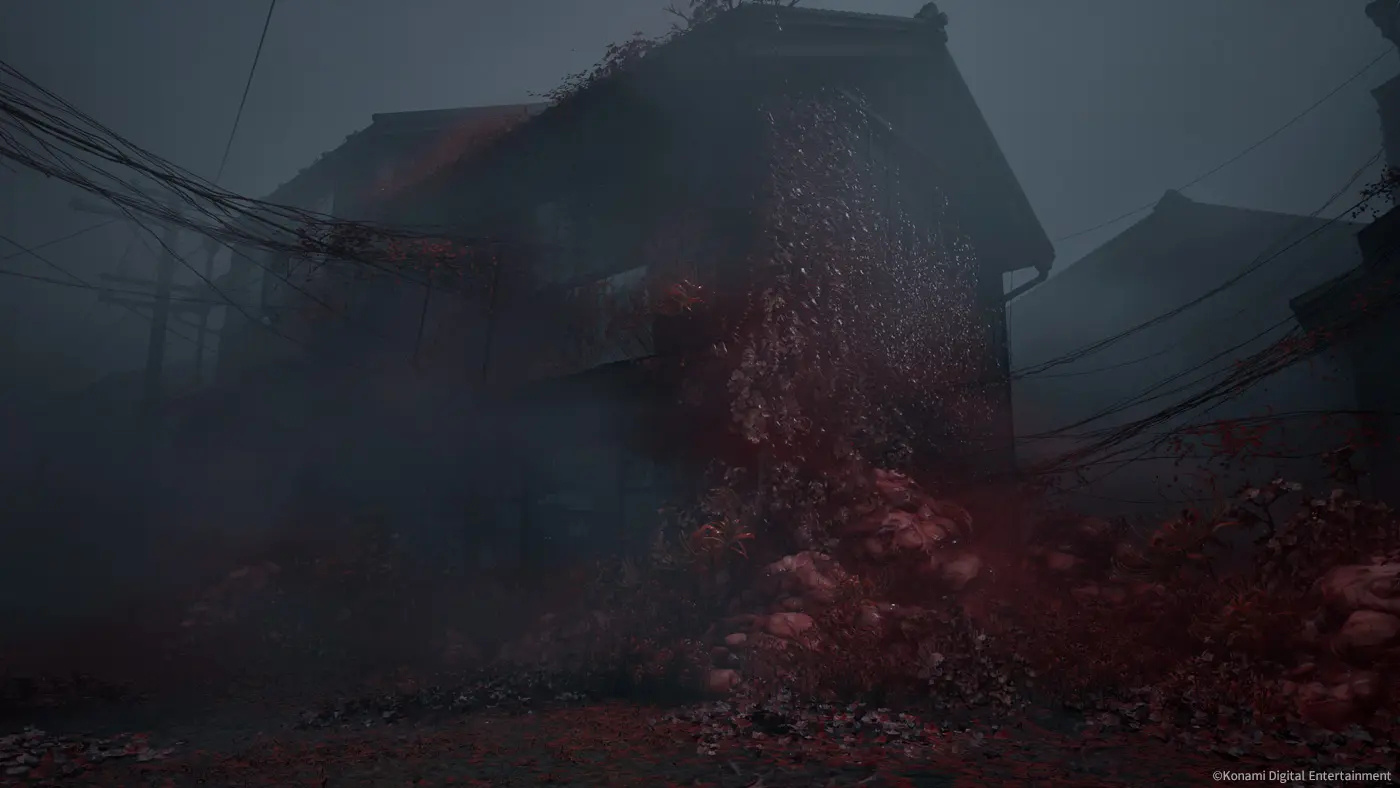 It’s no mere miasma: a manifesto of madness mastered, where every ending etches empathy in the ether.
It’s no mere miasma: a manifesto of madness mastered, where every ending etches empathy in the ether.
Final Thoughts
Silent Hill f fogs the franchise’s formula into fresh frigidity, a Showa-era shiver that marries Ryukishi07’s riddle-wrapped regrets with Yamaoka’s melodic menace in a 12-15 hour haunting that’s as beautiful as it is brutal. Its puzzle-poisoned paths and sanity-sapped skirmishes craft a canvas of creeping dread, where Ebisugaoka’s eaves echo with inescapable elegies, and five endings entice endless encores. Combat’s clunky cleaves and pacing’s ponderous plods pall slightly, but their restraint refines the fear, letting psychological barbs burrow deeper than any blade.
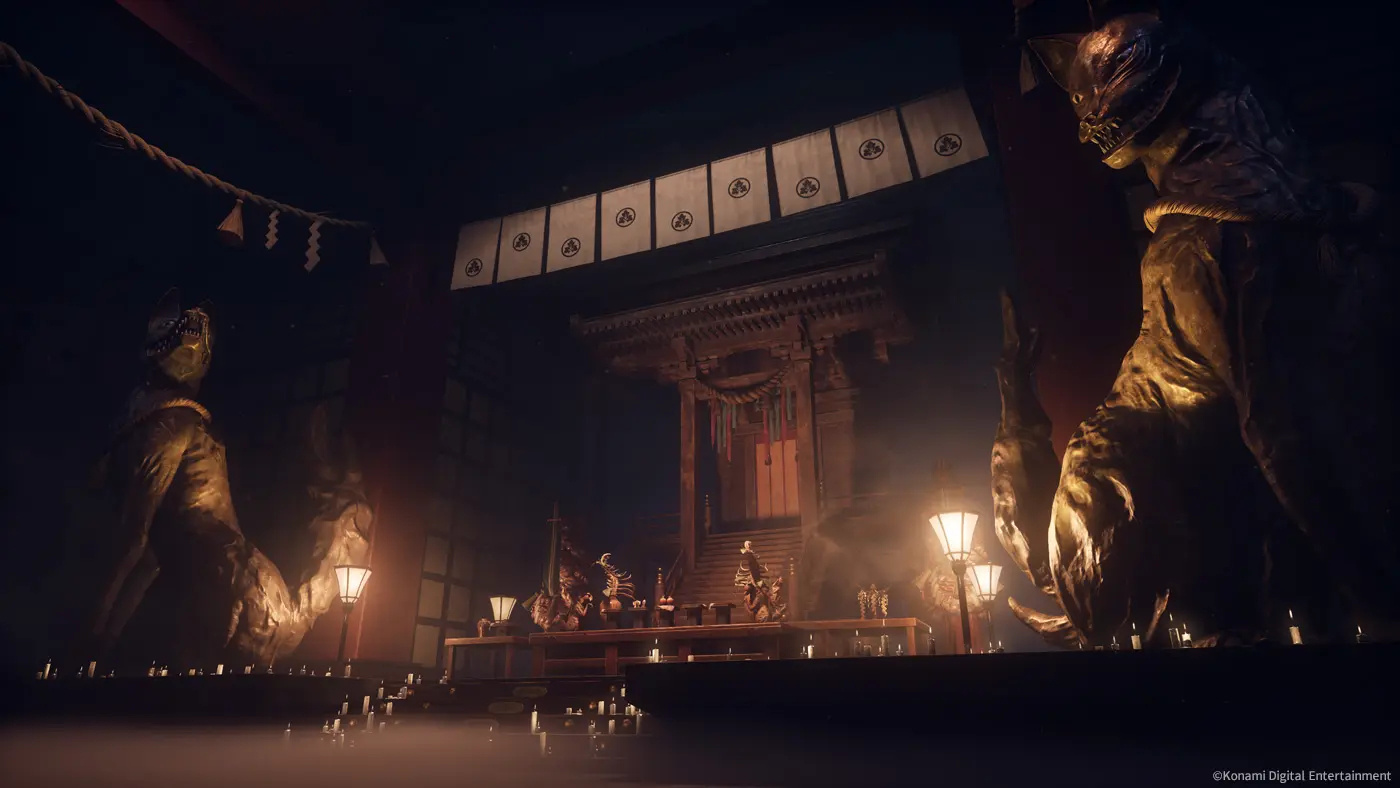 The Otherworld’s obsidian opulence and Fog World’s fleeting flickers forge a fear that’s folklore-fueled and profoundly personal, a triumph for terror tastemakers. For Silent Hill stalwarts or Higurashi heretics, it’s a fog worth fearing, a Japanese jewel that proves the hill’s horrors haven’t rusted with time.
The Otherworld’s obsidian opulence and Fog World’s fleeting flickers forge a fear that’s folklore-fueled and profoundly personal, a triumph for terror tastemakers. For Silent Hill stalwarts or Higurashi heretics, it’s a fog worth fearing, a Japanese jewel that proves the hill’s horrors haven’t rusted with time.
We prepared this review with a digital copy of Silent Hill f for the PS5 version provided by KONAMI.




